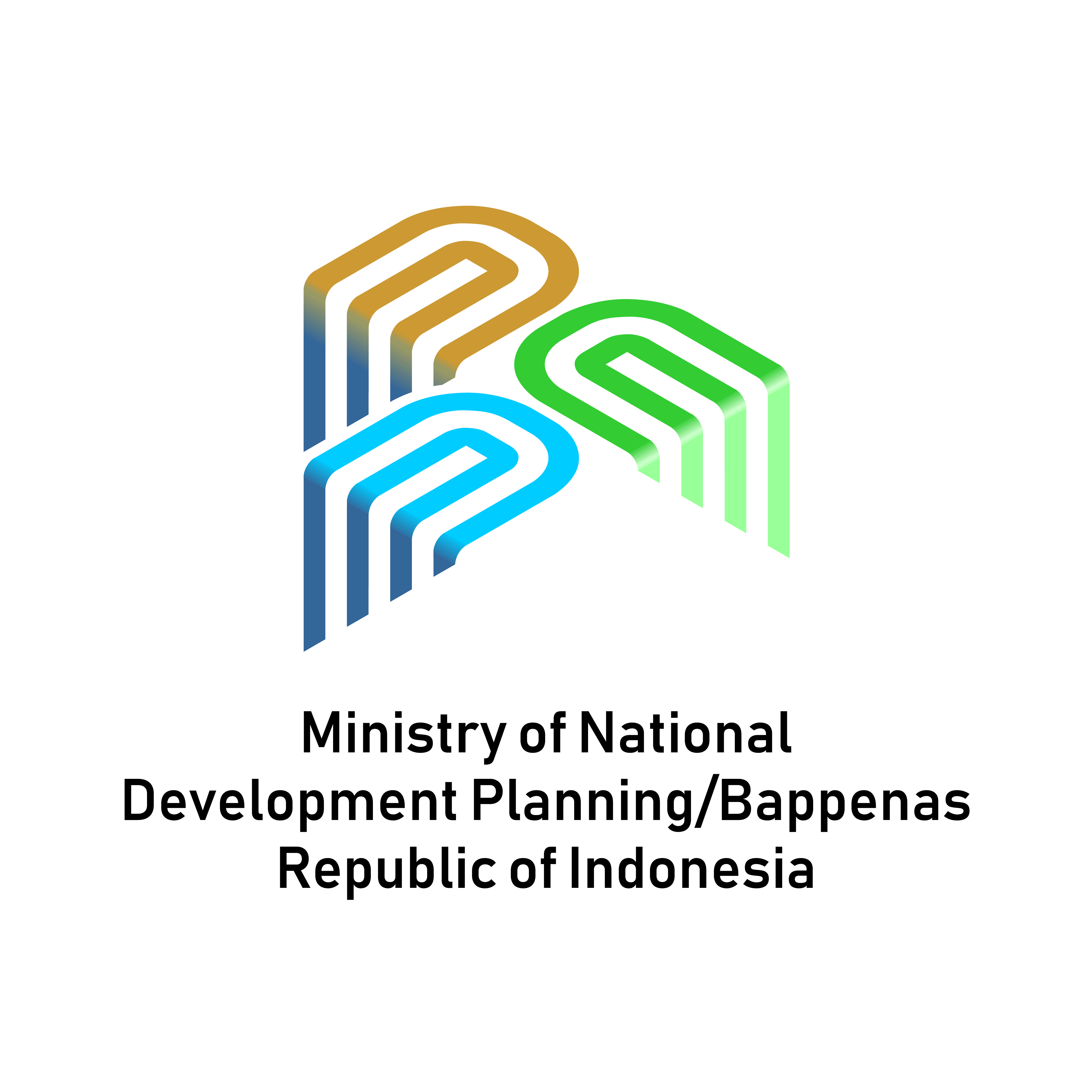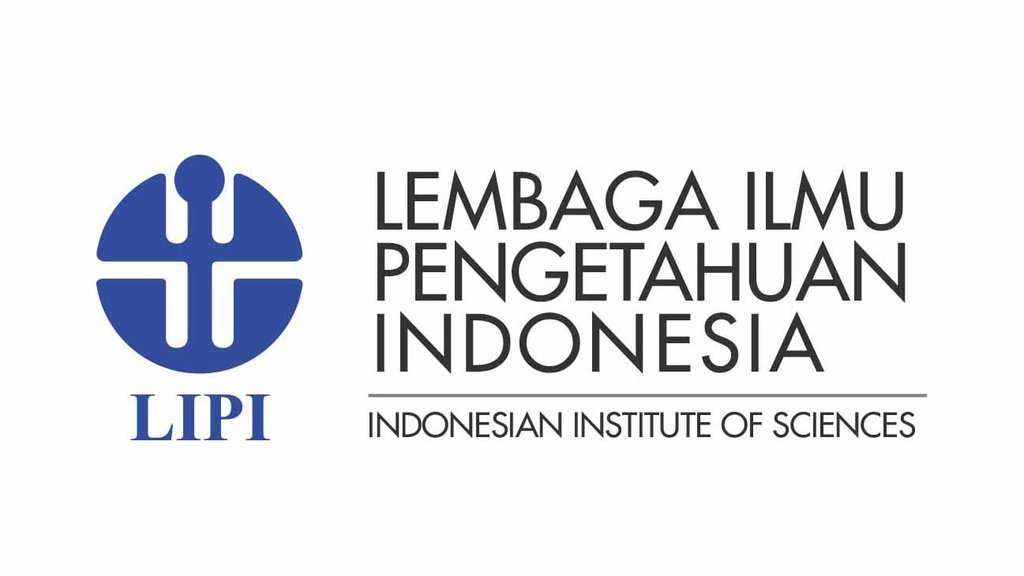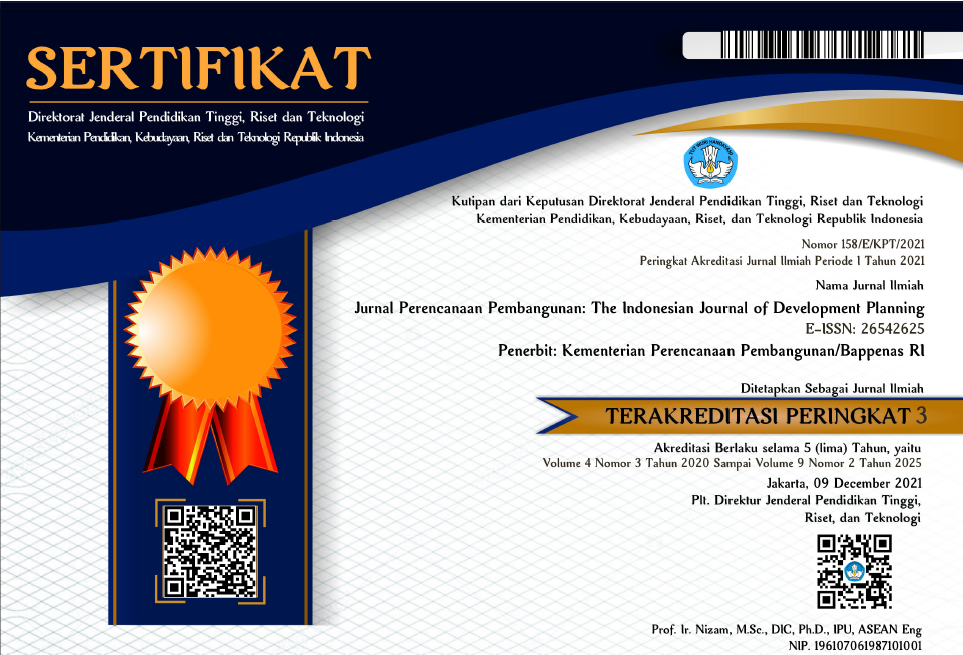Smart Tourism Spillover Effects: Analysis Using an Inter-Regional Input-Output Model
DOI:
https://doi.org/10.36574/jpp.v6i2.307Keywords:
smart tourism, spillover effects, IRIOAbstract
The pandemic crisis in 2020 has significantly impacted the tourism sector. Besides, the tourism sector is a sector that has great potential in the economy and is an alternative to replacing the extractive sector, such as coal mining. Furthermore, new concepts related to smart tourism are also starting to emerge, which is expected to help accelerate economic recovery. Based on this, this study aims to evaluate the economic effects of smart tourism, both intra- and inter-regional effects, using inter-regional input-output. This is the first study to discuss the regional linkages to smart tourism. The result shows that smart tourism in Indonesia has a spillover effect to other regions, which can help regional integration. The smart tourism industry has a larger total effect on value-added than other industries. In intraregional, the multiplier effect on output, income, and value-added is greater than other industries. The biggest spillover effect of smart tourism is Java and Nusa Tenggara. Based on forward and backward linkage analysis, smart tourism in Bali is classified as "dependent on inter-industrial demand as an intermediate primary production." In addition, smart tourism can be categorized as a key sector in intra regional Bali. With the investment simulation in the smart tourism industry, it can be forecasted that Indonesia's economic growth in 2022 will increase by 0.035 percent; Bali by 2.2 percent; and other provinces by 0.006 percent, given the improvement of other industries.
Downloads
References
Arief, Andi M. (2022). Sandiaga Uno Incar Investasi Pariwisata US$ 1,5 Miliar Tahun Ini. Retrieved from https://katadata.co.id/tiakomalasari/berita/623da543dae98/sandiaga-uno-incar-investasi-pariwisata-us-1-5-miliar-tahun-ini.
Bappenas. (2021). Peta Jalan Ekonomi Kerthi Bali Menuju Bali Era Baru: Hijau, Tangguh, dan Sejahtera. Jakarta: Kementeri Perencanaan Pembangunan Nasional/Bappenas.
BPS-Statistics Indonesia. (2021). Tabel Interregional Input-Output Indonesia Tahun 2016 Tahun Anggaran 2021. Jakarta: Badan Pusat Statistik.
Dinu, Ana-Maria. (2000). The Importance of Tourism and Touristic Services in GDP. Quaestus Multidisciplinary Research Journal.
European Capital of Smart Tourism. (2022) Competition For the European Capital of Smart Tourism 2022. https://smart-tourism-capital.ec.europa.eu/
Hewings, Geoffrey J.D. & Oosterhaven, Jan. (2015). Interregional Input-Output Modeling: Spillover Effects, Feedback Loops and Intra-Industry Trade. In C. Karlsson, M. Andersson, & T. Norman (Eds.), Handbook of research methods and applications in economic geography (pp. 369-390). Edward Elgar Publishing.
Lee, Hyunae & Hlee, Sunyoung. (2021). The Intra- and Inter-Regional Economic Effects of Smart Tourism City Seoul: Analysis Using an Input-Output Model. Sustainability, 13: 1-16.
Li, Yunpeng et al. (2016). The concept of smart tourism in the context of tourism information services. Tourism Management, pp: 1-8.
Ma, Tao et al. (2015). Tourism spatial spillover effects and urban economic growth. Journal of Business Research, 68: 74–80.
Miller Ronald E., & Blair, Peter D. (2009). Input–Output Analysis Foundations and Extensions (2nd ed.). New York: Cambridge University Press.
Molz, J. G. (2012). Travel Connections: Tourism, Technology and Togetherness in A Mobile World (p. 532). London: New York: Routledge.
Ollivaud, Patrice & Haxton, Peter. (2019). Making the Most of Tourism In Indonesia To Promote Sustainable Regional Development. Economics Department Working Papers No. 1535.
Oosterhaven, Jan & Hewings, Geoffrey J. D. (2013). Interregional Input–Output Models. In: Fischer M., Nijkamp P. (eds) Handbook of Regional Science. Springer, Berlin, Heidelberg.
Pai, Chen-Kuo et al. (2020). The Role of Perceived Smart Tourism Technology Experience for Tourist Satisfaction, Happiness and Revisit Intention. Sustainability, 12: 1-14.
Phillips S. G. (2000). The tourism industry association of Canada [EB/OL]. www.slideshare.com.
Savi?, Jovana & Pavlovi?, Goran. (2018). Analysis of factors of smart tourism development in Serbia. Hotel and Tourism Management, 6(1), pp: 81-91.
Wijesinghe, Hashan. (2020). Regional Integration and Its Impact on Tourism Industry: with special reference to Indonesia International Journal of Academic Research.
Zamyatina, Natalia et al. (2021). Smart Tourism: International Expertise in Strategic Solutions. Springer Nature Switzerland, pp: 744-752.
Zhang, Yaxiong & Zhao, Kun. (2007). Impact of Beijing Olympic-related Investments on Regional Economic Growth of China: Interregional Input–Output Approach. Asian Economic Journal 2007, 21(3): 261–282.
Downloads
Published
How to Cite
Issue
Section
License
This is an open-access article distributed under the terms of the Creative Commons Attribution-NonCommercial-ShareAlike 4.0 International License. Copyright © Kementerian PPN/Bappenas RI


















